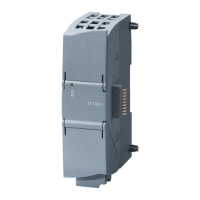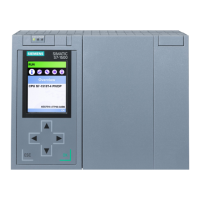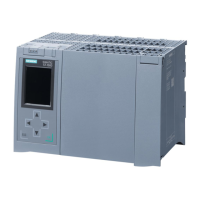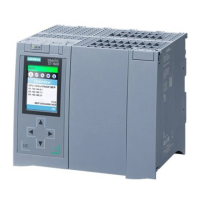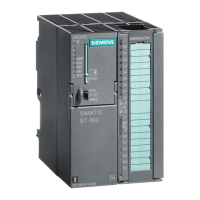Extended instructions
8.2 String and character
S7-1200 Programmable controller
System Manual, 03/2014, A5E02486680-AG
305
Table 8- 42 Examples of ASCII-to-hexadecimal (ATH) conversion
Table 8- 43 HTA instruction
in:=_variant_in_,
n:=_uint_in_,
out=>_variant_out_);
Converts packed hexadecimal digits to their corresponding ASCII
character bytes.
Table 8- 44 Data types for the HTA instruction
Pointer to input byte array
N IN UInt Number of bytes to convert (each input byte has two 4-bit nibbles and
produces 2N ASCII characters)
Pointer to ASCII character byte array
Conversion begins at the location specified by parameter IN and continues for N bytes. Each
4-bit nibble converts to a single 8-bit ASCII character and produces 2N ASCII character
bytes of output. All 2N bytes of the output are written as ASCII characters 0 to 9 through
uppercase A to F. The parameter OUT specifies a byte array and not a string.
Each nibble of the hexadecimal byte is converted into a character in the same order as they
are read in (left-most nibble of a hexadecimal digit is converted first, followed by the right-
most nibble of that same byte).
Table 8- 45 Examples of hexadecimal -to- ASCII (HTA) conversion
ENO (ENO always TRUE after HTA execution)
Table 8- 46 ATH and HTA condition codes
0007 Invalid ATH input character: A character was found that was not an ASCII character 0-
9, lowercase a to f, or uppercase A to F
FALSE

